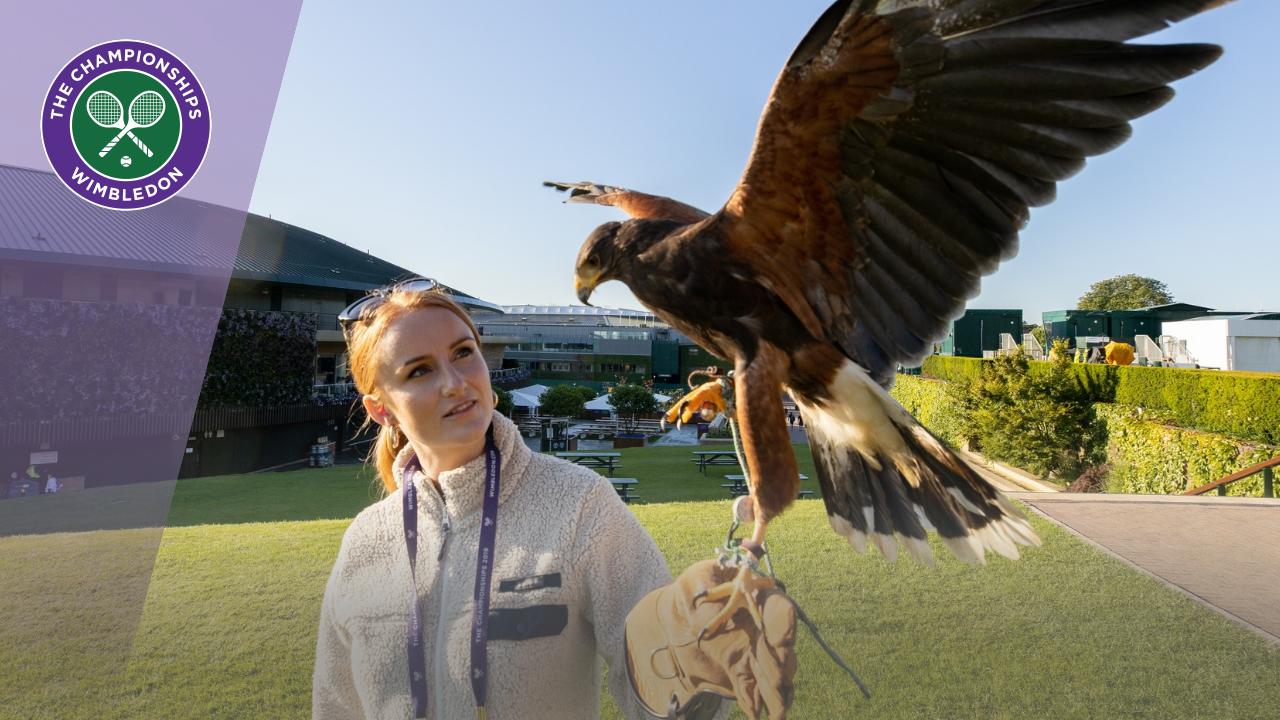Whatever it is that Fernando Verdasco has for breakfast, we could all use some of it. In the 17th year of his long and illustrious career, he can still fight like he did a decade ago, he can still play like he did in his pomp and he is still alive and kicking in the gentlemen’s singles.
Somehow, he managed to haul himself back from two sets and a break down to beat Kyle Edmund 4-6, 4-6, 7-6(3), 6-3, 6-4 and set up an appointment with Thomas Fabbiano on Friday.




It was an odd sort of match, almost four hours peppered with some moments of excellence (Edmund’s forehand is a shot of power and wonderment), some moments of medical drama (Edmund’s knees were hurting) and some moments of just plain madness.
Take the second set, for example. Edmund was already a set to the good and then suddenly he dropped serve. And then he broke back. And then he was broken again. This was getting silly.
“Whenever Kyle is behind, he goes for his shots,” Boris Becker observed from the commentary box. “Whenever he is square [ie level score], he plays tentative.”
Spot on, Boris, spot on. But that analysis was not making allowances for the very special way that Verdasco’s mind is wired. There are days when, even at the age of 35, the Spaniard can be all but unbeatable. Everything he touches seems to turn to gold and that lefty serve and flashing forehand can tear an opponent to shreds.
And then there are days when it doesn’t. Wednesday was a day when it didn’t. Well, not for the first two and a half sets, at any rate.
Edmund stuck at it. He kept doing what he does best – play big and attack from the baseline – and managed to hold serve for the rest of the set. This was more like it. Then, as we moved to the business end of proceedings, Verdasco took over. There was no need for Edmund to do much at all.
Facing set point, Verdasco scampered into position to retrieve a lob. Poised and ready for the smash, he then downed tools and watched the ball drop over his shoulder and land… we watched and waited… plum on the line. It was a perfect example of the suicidal leave; flawless execution of the shot no player wants to master.

Edmund did not know what to do. He watched the ball land, thought about punching the air or cheering and then thought better of it. That would be like cheering an opponent’s double fault (and Verdasco threw in 10 of those) – it simply isn’t done. So the Yorkshireman headed for his chair for a chomp on an energy bar and a bit of a think.
Verdasco, meanwhile, was having a minor meltdown. He gave his box the benefit of his opinion – and did it loudly and at some length – and then stomped off court to powder his nose.
Maybe a moment of private contemplation could clear his head and realign his synapses in the hope that the message might get through: you are a former top 10 player, you have been playing like a man 10 years younger for large chunks of the past year or so – just play the ball and stop fretting.
Alas, he did not listen to himself. Another double fault cost him his serve and Edmund was off and running to the finish line. Or he would have been had this been a more conventional match.
There he was, serving at 3-1, standing (potentially) nine points from ultimate victory. So he took his eye off the ball and took a quick squint at that finish line. It was a schoolboy error. The moment he did it, the unforced errors came thick and fast he dropped his serve. Even Verdasco, who, let’s face it, was having a miserable afternoon, suddenly perked up. Hello, we’re back on serve. This ain’t done yet.
Now Verdasco was more competitive; now Edmund had to be careful.
While he was trying to be careful, he slipped behind the baseline and seemed to overextend his right knee. That hurt. Combined with the left knee issues that Edmund has been struggling with for the past six months, it was not a promising turn of events.
Sure enough, they crept towards the tie-break and Verdasco grabbed the set. Just 20 minutes earlier, Edmund had been within touching distance of the third round. Now he had two sore knees and a mountain to climb.
The trainer came on to help but not even strapping on crampons and arming himself with carabiners, ropes and ice picks made the summit seem any closer, particularly when he went 2-0 down at the start of the fourth set. He did manage to break back but it was the Spaniard who was up on his toes now and, breaking again, he was able to serve it out and level the score.
Now it was Verdasco who was happily setting up base camp and plotting his path to the peak. The route turned out to be surprisingly straight: Verdasco took the early lead and held it safe and tight all the way through the fifth set and on into the third round.
Revenge, then, had been six years in the making. Bizarrely, it was six years to the day since Verdasco had faced another British No.1 – a certain A Murray of Dunblane – but then it was the Spaniard who took a two-set lead, only to have it snatched from him as Murray came roaring back to win on the night, reach the semi-final and go on to take the title. With the downing of Edmund on Day Three this year, Verdasco had finally got his own back.







